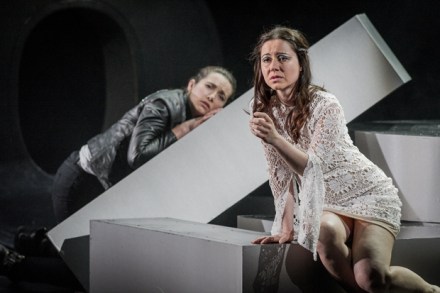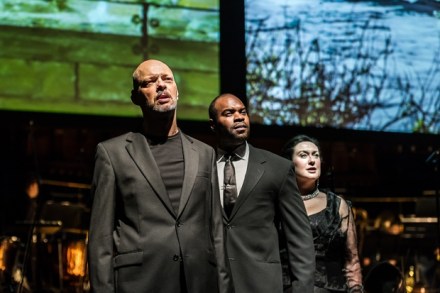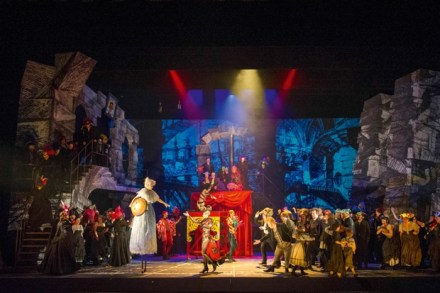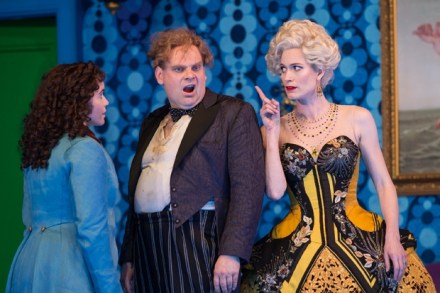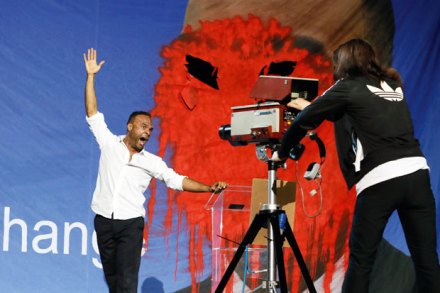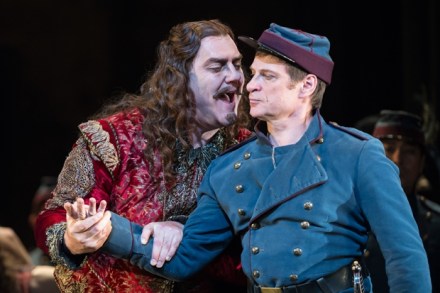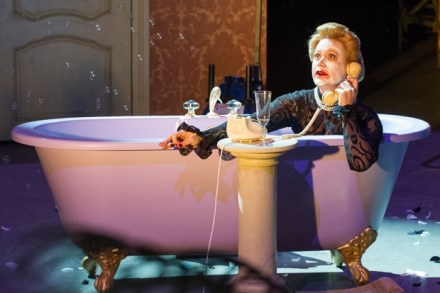Jonas Kaufmann’s illness, a muddled production – nothing can stop Bavarian State Opera’s La forza del destino
Rather than brave the boos and the first reprise of Frank Castorf’s half-hearted Ring at Bayreuth, I decided to pay a visit to Munich and catch the last two days of its annual opera festival. Less of a festival, as one usually understands the term, than a ramping-up of activity in the final month or




